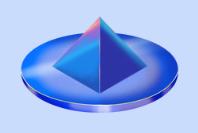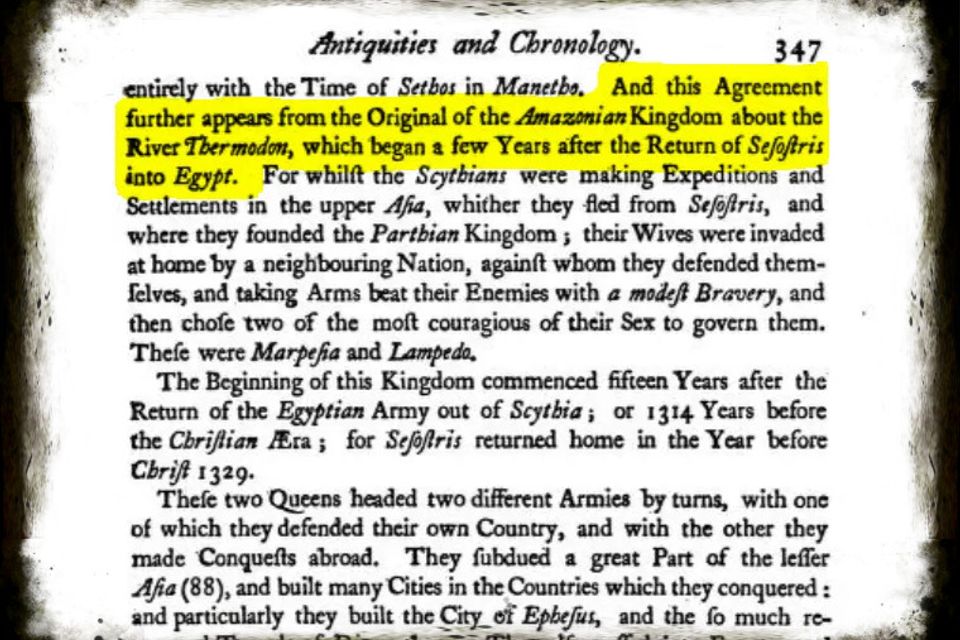As was to be expected, a number of misconceptions have arisen during the last few years as to the purport of certain magical texts, and as an example of this may be specially mentioned the views which have been promulgated concerning Tablet '' K," (11. 183 ff.), for it has been confidently asserted that this document contains an allusion to the Biblical Garden of Eden. The text of this tablet mentions a place called Eridu, and a plant or tree named kiskanu, of dense growth and shining appearance, which grew beside the abyss, i.e. the Ocean or Sea ; the place where the plant grew was said to be the couch of a god. Immediately following these statements is a reference to Shamash and Tammuz, who are said to dwell "in its interior," and mention is next made of the '' mouths of the rivers." Such are the statements of the tablet, but, basing their opinion on certain interpretations of the above text, some Assyriologists have asserted that the Babylonian Garden of Eden was in the immediate vicinity of Eridu, and they have identified the tree or plant with the Tree of the Knowledge of Good and Evil, which was believed to grow in the Hebrew Paradise. Quite recently, however, the missing portion of this text has been identified, and it is now clear that the text is an incantation and nothing more. This document, the opening lines of which have been so strangely misunderstood, indicated to the magician, who was about to treat his afflicted patient, that a certain kind of plant or tree, the original of which, according to tradition, grew in Eridu, and afforded a dwelling to Shamash and Tammuz, contained magical properties ; and acting on this information the magician was directed to make use of a portion of the kiskanu plant or tree on behalf of the said patient. The text actually states that the gods themselves made use of this plant to work a miracle of healing, and the implication is that as the kiskanu plant was on this occasion of great benefit, it may again be made to perform the healing of a sufferer, always provided that suitable Words of Power were recited by a duly qualified person, and appropriate ceremonies were performed, before the plant itself was used as a remedy.
( Preface )










